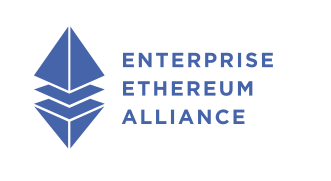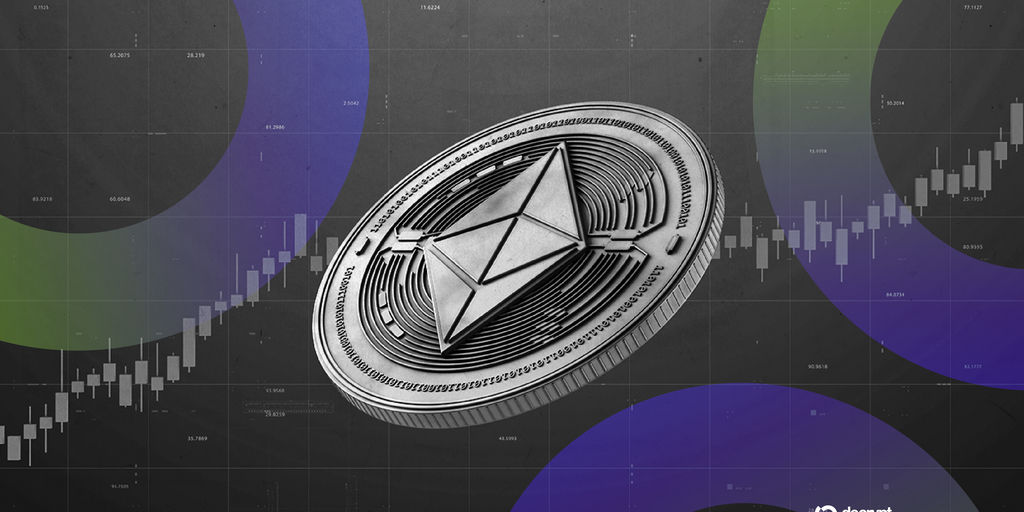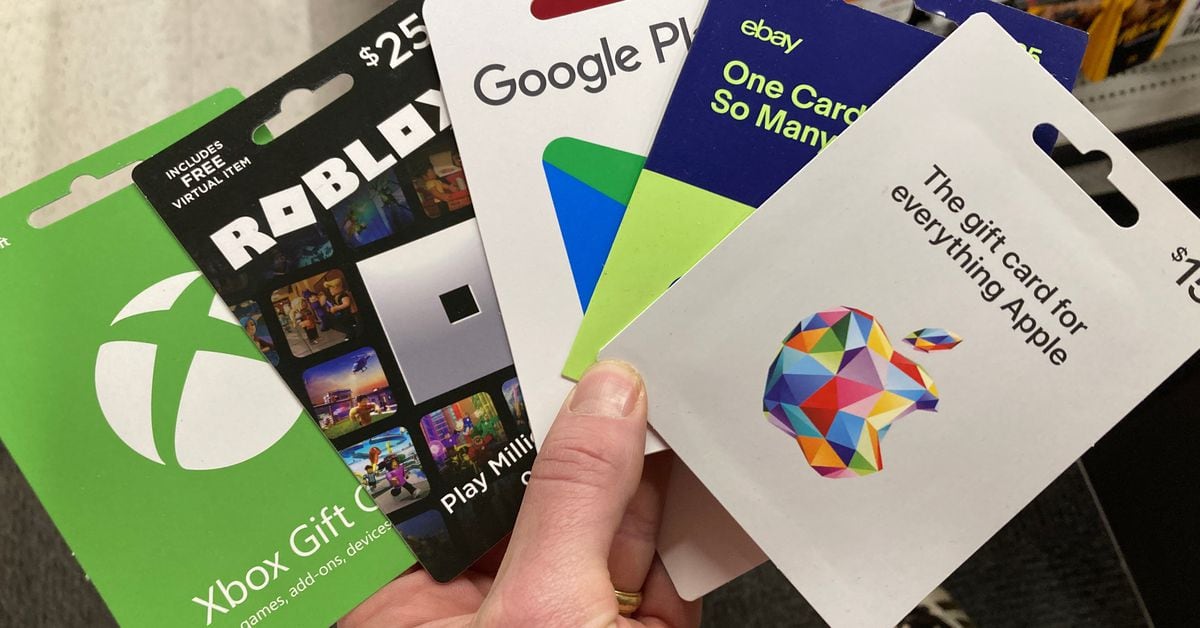Interview with Markus Schorn and Jens Herrmann from Deutsche Telekom

The following is an interview with Markus Schorn, Co-Head of Deutsche Telekom’s Web3 Program, and Jens Herrmann, Senior Manager, Corporate Strategy.
Interview with Tom Lyons
Deutsche Telekom has been active in the blockchain space for quite some time, which might surprise some. Can you tell us when you started and why?
Marcus: We have been involved in defining Web3 since 2018, starting with the Berlin team. Perhaps influenced by Berlin’s active Ethereum community. We experimented with deploying self-managed e-scooters on blockchain in 2018. It was too early for such consolidation, and interest waned during the first and second “crypto winters.” However, we have continued to work on the blockchain topic and currently Deutsche Telekom MMS operates a validator for major blockchain networks.
Jens: We are a European cloud provider that uses our own infrastructure and helps blockchain networks in physical decentralization. Initially, we started by running an oracle for Chainlink as our first major blockchain project. From there, we turned to staking, particularly as early adopters of the Flow blockchain, running some of the first Flow validators for projects like Dapper Labs and Top Shots. This initial engagement created significant momentum. After staking, we switched to indexing to further expand our blockchain activities. Overall, our journey has evolved from running oracles to staking and finally indexing, with each step contributing to growing our expertise and presence in the blockchain space. We are part of the Helium ecosystem, participating in decentralized clearing and settlement through ClearX. Celo was our first strategic investment in tokens and at the time we were one of the few companies of our size managing cryptocurrency assets.
What technologies is Deutsche Telekom specifically focusing on and why?
Jens: To get started, run validators for major and minor blockchains including Ethereum, Polygon, Celo, Flow, Q, Energy Web, The Graph, MutiversX, Aleph Zero, and more. We support Chainlink’s oracle node network, allowing DeFi apps to access external data. That said, we primarily focus on EVM-compatible public blockchains to support building the new Internet on open infrastructure.
Marcus: Currently we are focusing on Ethereum compatible platforms. We see Ethereum as the current standard, and companies are still struggling to discover the possibilities it offers.
We’re particularly excited about what we’re building with Celo, a mobile-first blockchain and Ethereum’s future layer 2 protocol that uses mobile phone numbers as identifiers on the blockchain for digital assets. This opens the door to a future of tokenized real-world assets where users can send digital assets straight to their phones. Here we want to be a part of it.
You seem very committed to providing basic blockchain infrastructure services. why?
Marcus: What we’ve learned over the past few years is that our services offer a unique selling point. EVM requires decentralization for optimal functioning. It would not be ideal if all Ethereum ran on AWS. That’s why it’s so important to have a second or third trusted option for your cloud infrastructure.
Being a telco gives you unique advantages in maintaining high uptime, and this also applies to running validators. This sets us apart from other cloud providers and has been good business for us. In particular, this establishes our credibility in the blockchain and Web3 communities, demonstrating our early and committed support for public decentralized networks. This reliability will also help us roll out future services.
Jens: First, it is our tradition as a telecommunications company to operate a decentralized network. It’s in our DNA. Second, we are motivated by the unequal profits of big tech companies. Web3 provides an opportunity to level the playing field.
I see Web2 and Web3 as a natural evolution of the Internet. We have been providing infrastructure services for many years, starting with phone lines and transitioning to the Internet. It is important that we not only participate in future developments, but also guide them. That’s why it’s important to understand how the blockchain ecosystem and its core elements, such as digital wallets, work. That’s why we’re actively exploring what role we can play in our evolving environment.
What enterprise-level blockchain use cases are you excited about?
Jens: Currently, we are focused on helping other companies transition into the Web3 space. For example, in Celo, your mobile phone number serves as your wallet address. In the past, even storing encrypted mobile phone numbers on a blockchain did not meet our privacy standards. So we need to innovate and look at ‘one-click wallets’.
The future of mass-market wallets may not be limited to MetaMask, but rather wallets embedded in mainstream apps built by brands and companies. We want to make it easier for brands to integrate wallets into their native applications. We created a prototype that does this with just one click.
Marcus: What we discovered through our experiments is that digital ownership is essential to these new systems. One challenge companies face is dealing with legacy systems when implementing new engagement initiatives, which typically require significant effort and cost. However, if these legacy systems generate something simple like a QR code, you can connect that code to the blockchain. This allows for the introduction of advanced features and gamification outside of legacy systems while maintaining ownership of the blockchain. This approach to layering legacy systems will change the game significantly, especially for Web3 use cases.
When you talk to your enterprise customers, especially those outside of the Web3 space, do you feel that the level of understanding is increasing, or do you still need to educate people?
Jens: There is still a need for education and explanation in this space. We’ve been working on this issue internally for quite some time. We held sessions for the whole group and senior management. The need for training also applies to B2B customers. The level of understanding varies depending on who you are talking to.
Marcus: Interestingly, the current ‘crypto winter’ has helped us somewhat. When we started this business two years ago, the landscape was full of expensive JPGs. Many people have wondered why we should care about concepts like blockchain, metaverse, and NFTs, especially if they are not aligned with the interests of major corporations. Therefore, this period helped clarify and improve people’s understanding of Web3.
What unique and innovative distributed business models are companies exploring or adopting, and how do they differ from existing models?
Jens: They really are a couple. For example, clearing and settlement is a promising decentralized business model that allows parties to settle directly between parties without the need for additional service providers in the middle. Decentralized physical infrastructure networks are also very interesting. Instead of building the infrastructure themselves, carriers or infrastructure providers can provide incentives to users to further participate and set up the network infrastructure. Is this a model that will fly in the future? No one knows for sure right now. But we think it’s important to try to understand how the dynamics work.
Marcus: And then there are the more colorful ones, loyalty programs, etc. What’s interesting is the configurability. There are so many opportunities. For example, we’re researching ways to encourage our employees to do more online training, and we thought we could incentivize them by giving them reward tokens. It’s a simple enough idea. But what are these reward tokens? This could be planting trees through an on-chain carbon offset protocol or on-chain digital rewards. So you can create learning tokens that can be exchanged for carbon offset tokens. And since they’re on the same chain, it’s very easy to link them all together. Since it is fundamentally part of the blockchain, there is no need to build a large backend. Easy configurability supporting digital ownership. This is one of the super powers of blockchain.
Markus Schorn is a best-selling author and special advisor on emerging technologies and business models. He is an expert in digital transformation and innovation within a variety of industries and revenue models.
Jens Herrmann brings over 18 years of experience and passion for technology, business and entrepreneurship to his work in the areas of Blockchain, Web3 and Metaverse. His focus includes driving and advising on key developments in telecom blockchain projects, data trends, and decentralization challenges.
Additional resources:
https://www.telekom.com/en/company/topic-specials/special-blockchain
https://geschaeftskuden.telekom.de/digitale-loesungen/infrastructure-as-a-service/stake-en
https://www.telekom.com/en/media/media-information/archive/deutsche-telekom-supports-ethereum-blockchain-1016912
https://www.telekom.com/en/media/media-information/archive/deutsche-telekom-announces-support-for-polygon-blockchain-infrastructure-1040158
https://www.telekom.com/en/media/media-information/archive/deutsche-telekom-invests-in-defi-and-token-624570



